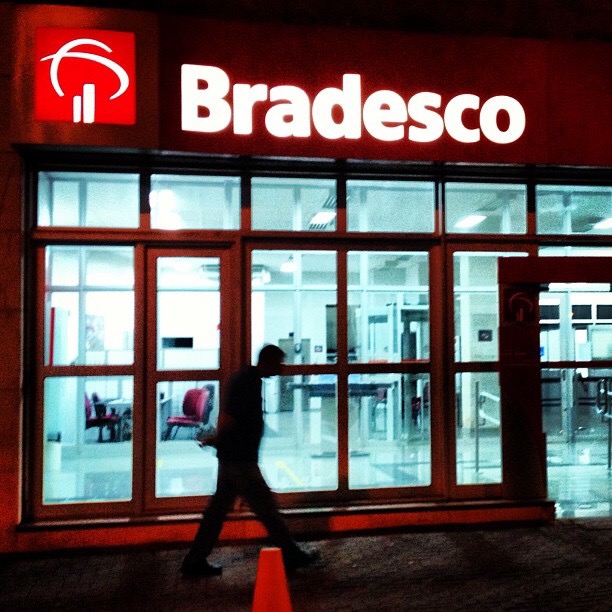Spanish bank BBVA sees the Pacific Alliance gaining ground while Mercosur slipped into reverse.
Latin America’s economy is moving at two speeds, according to the Spanish bank BBVA, as the Pacific Alliance gaining ground as Mercosur, the Common Market of the South, slipped into reverse in 2015 and on into 2016.
In its first-quarter 2016 outlook, BBVA lowered its forecast for global GDP growth in 2016 to 3.2 percent, foreseeing a more robust recovery only towards the end of 2017. Following on the depressed global outlook, BBVA’s 2016 growth projections for all Latin American countries except Peru (where the impact of El Niño is less than anticipated) received downward revisions.
BBVA projects the Pacific Alliance—Chile, Colombia, Mexico and Peru—will achieve somewhere between two percent and 2.5 percent growth in 2016. This is less than in 2015, and still below the trade bloc’s potential, which the bank puts at 3.8 percent. But the growth rate should improve as 2016 ends and 2017 begins.
Read the full article here.


